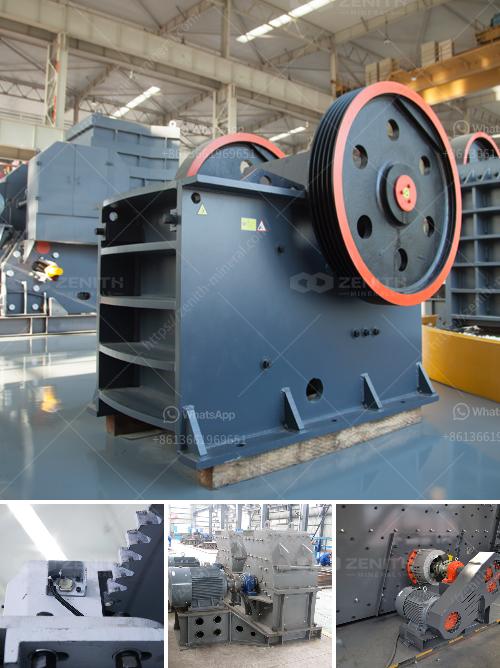Relining a vertical mill is a complex process that involves several steps to ensure the mill operates efficiently and safely. Here is a detailed guide on how to reline a vertical mill:
1. Preparation
Safety First:
- Ensure all personnel involved are wearing appropriate personal protective equipment (PPE) such as helmets, gloves, safety glasses, and steel-toed boots.
- Lockout and tagout (LOTO) the mill to ensure it is completely de-energized and cannot be started accidentally during the relining process.
Tools and Equipment:
- Gather all necessary tools and equipment, including wrenches, screwdrivers, hammers, lifting devices, and any specialized tools required for your specific mill model.
- Ensure you have the correct replacement liners and any other parts that need to be replaced.
2. Mill Shutdown
- Gradually reduce the feed to the mill and allow it to empty completely.
- Once the mill is empty, shut it down according to the manufacturer’s instructions.
- Allow the mill to cool down if it has been operating at high temperatures.
3. Accessing the Mill
- Open the mill access doors or panels to gain entry to the interior.
- Depending on the design of your mill, you may need to remove additional components to access the liners.
4. Removing the Old Liners
- Carefully remove the old liners from the mill. This may involve unbolting or unscrewing them, depending on how they are attached.
- Use lifting devices to handle heavy liners to avoid injury.
- Inspect the old liners for wear patterns and damage, which can provide insights into the mill’s operation and help improve future performance.
5. Cleaning and Inspection
- Thoroughly clean the interior of the mill to remove any debris, dust, or residue.
- Inspect the mill’s interior for any signs of damage or wear that may need to be addressed before installing the new liners.
- Check the condition of the liner seating surfaces and repair any damage if necessary.
6. Installing the New Liners
- Position the new liners inside the mill, ensuring they are correctly aligned and seated.
- Secure the liners in place using the appropriate fasteners, following the manufacturer’s torque specifications.
- Use lifting devices to handle and position heavy liners safely.
7. Final Checks
- Double-check all fasteners to ensure they are properly tightened.
- Inspect the installation to ensure all liners are correctly positioned and secured.
- Remove any tools, equipment, and debris from the mill interior.
8. Restarting the Mill
- Close and secure all access doors and panels.
- Remove the lockout/tagout devices according to your safety procedures.
- Gradually restart the mill, monitoring for any unusual noises or vibrations that could indicate a problem with the liner installation.
9. Post-Installation Monitoring
- Monitor the mill closely during the initial hours of operation to ensure the new liners are performing correctly.
- Check for any signs of abnormal wear or issues that may need to be addressed.
Additional Tips
- Documentation: Keep detailed records of the relining process, including the condition of the old liners, any repairs made, and the installation of the new liners. This information can be valuable for future maintenance and troubleshooting.
- Training: Ensure all personnel involved in the relining process are properly trained and understand the procedures and safety protocols.
- Manufacturer Support: Consult the mill manufacturer’s guidelines and support resources for specific instructions and recommendations for your mill model.
Relining a vertical mill is a critical maintenance task that requires careful planning, attention to detail, and adherence to safety protocols. By following these steps, you can help ensure the process is completed efficiently and safely, minimizing downtime and maintaining optimal mill performance.

